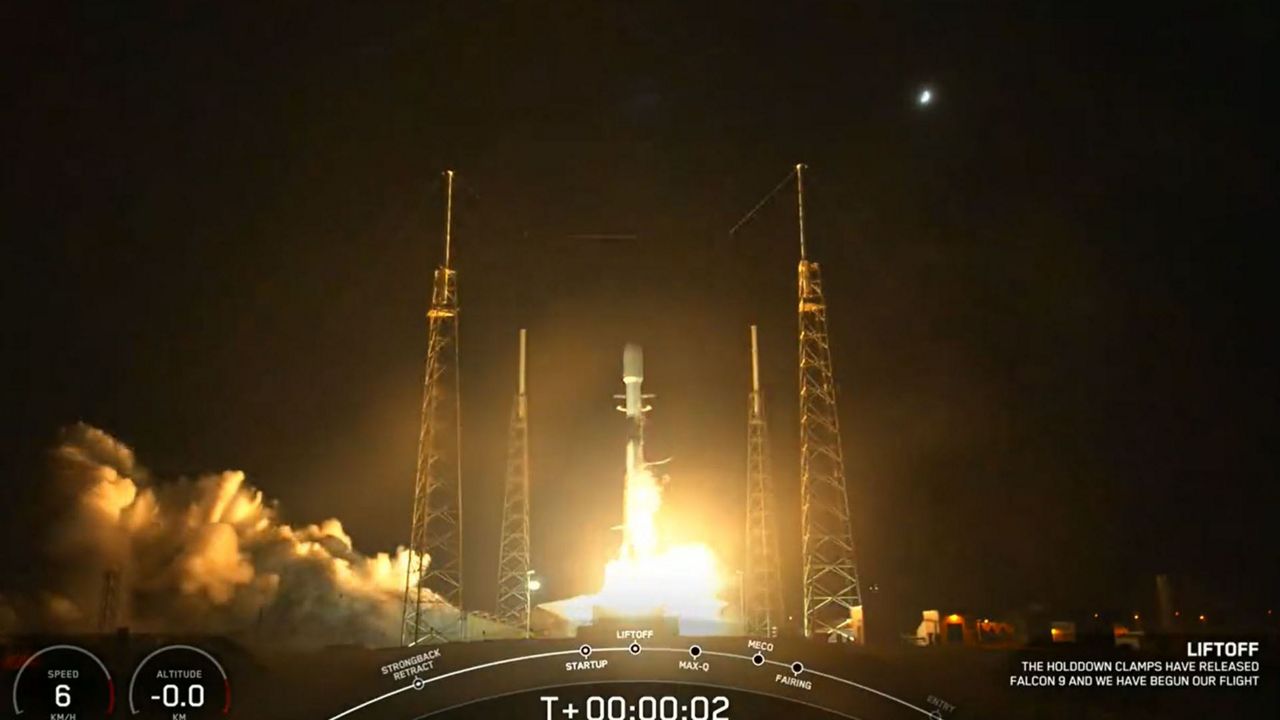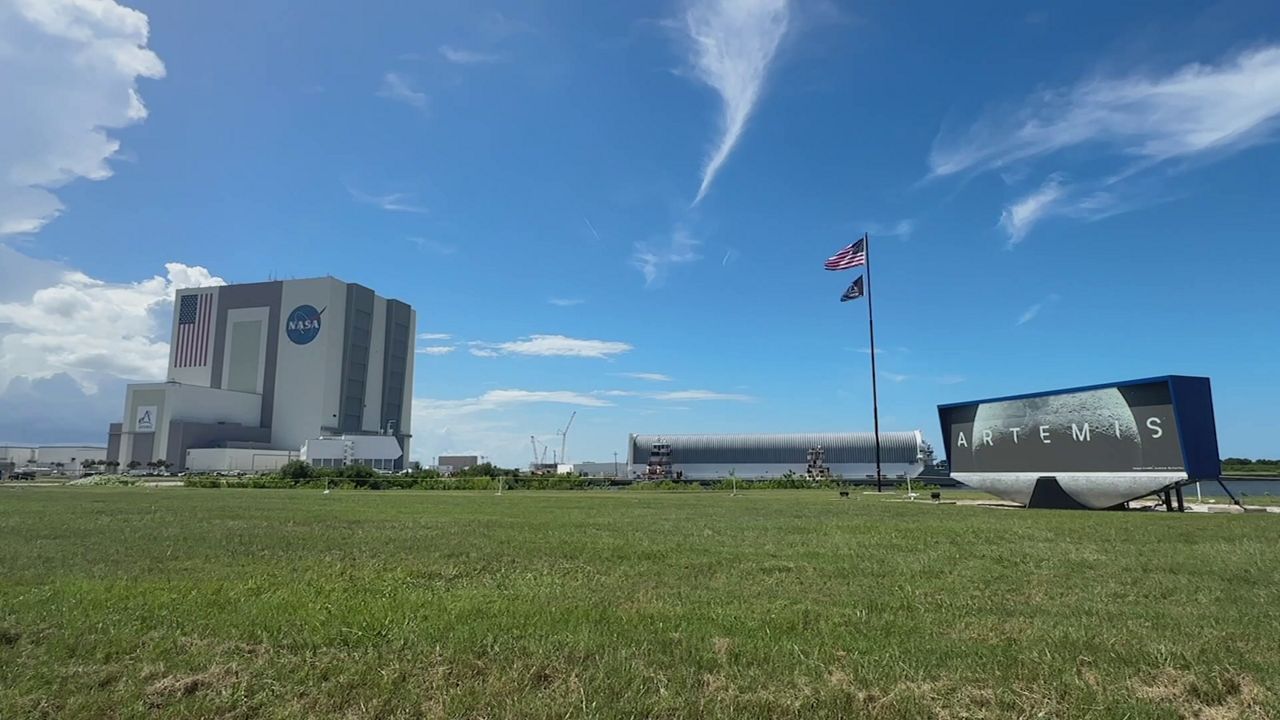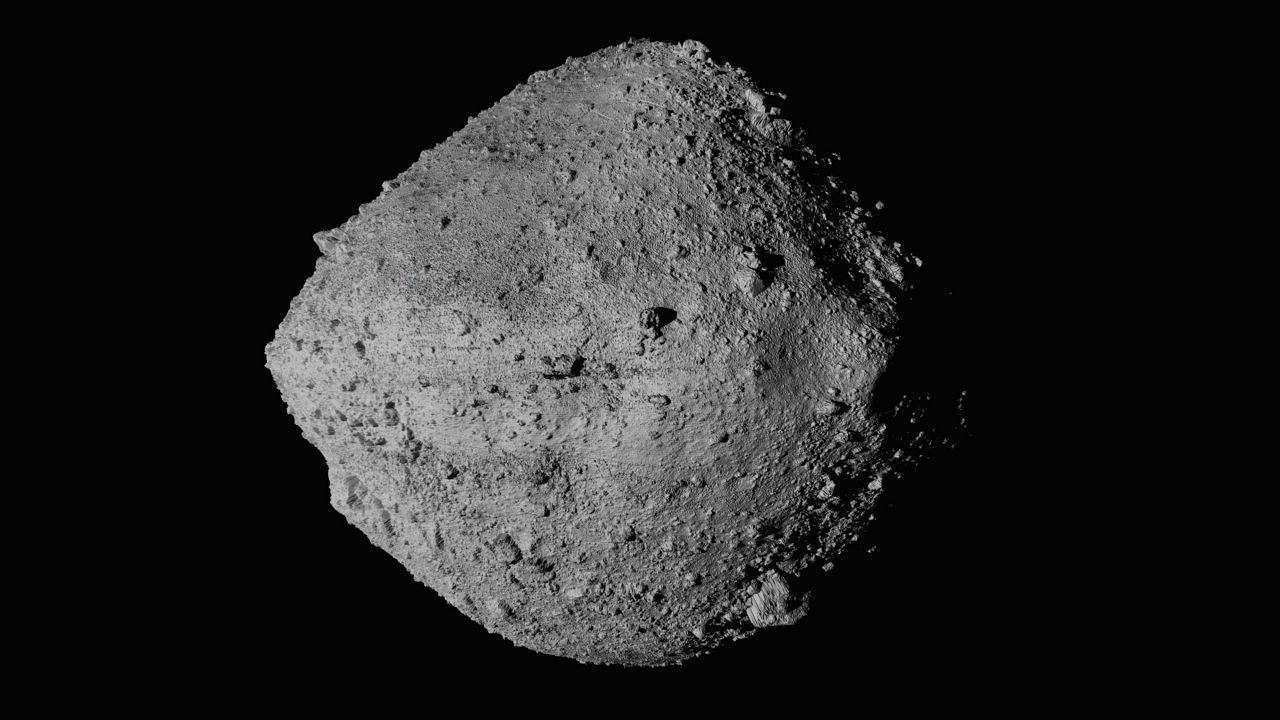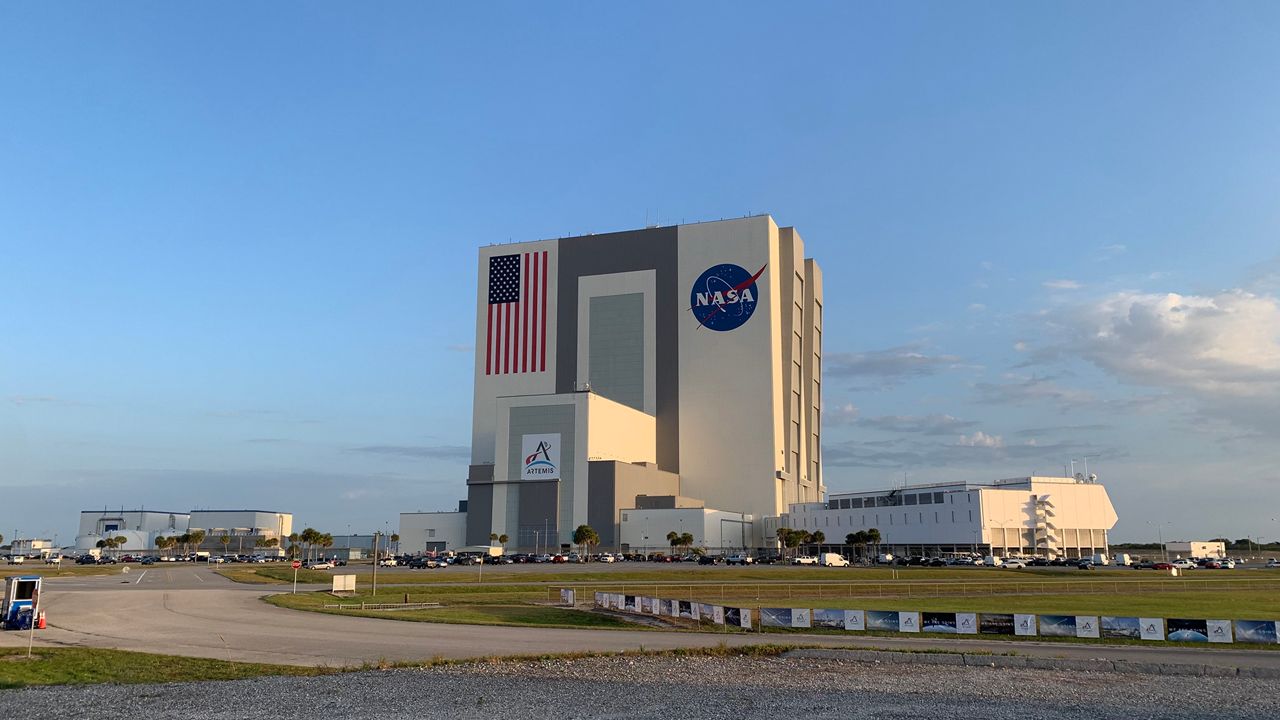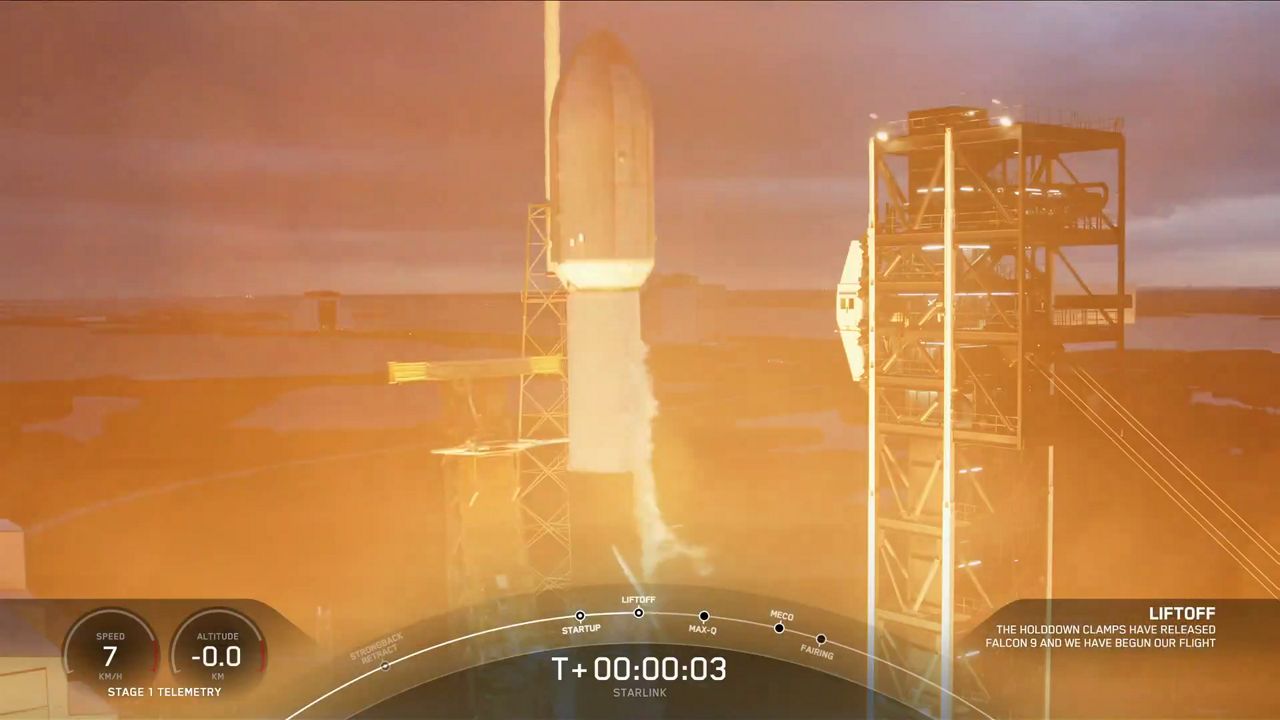CAPE CANAVERAL, Fla. — SpaceX not only sent off more than 50 Starlink satellites on Sunday night, but also an orbital transfer vehicle for another company.
What You Need To Know
- The launch happened at Space Launch Complex 40 at Cape Canaveral Space Force Station
- Learn more about the missions for Starlink and Spaceflight
- Watch the launch below
SpaceX’s Falcon 9 rocket sent 51 Starlink satellites and an orbital transfer vehicle to low-Earth orbit from Space Launch Complex 40 at Cape Canaveral Space Force Station.
LIFTOFF! @SpaceX #Falcon9 lifts off from CCSFS Pad 40 on latest #Starlink mission. @MyNews13 #News13Brevard pic.twitter.com/SLDdJEgSXC
— Greg Pallone (@gpallone13) September 5, 2022
The instantaneous launch window opened at 10:09 p.m. EDT.
After the stage separation, the first stage landed on the droneship Just Read the Instructions, which was in the Atlantic Ocean.
Falcon 9’s first stage has landed on the Just Read the Instructions droneship, completing this orbital rocket booster’s 7th flight pic.twitter.com/2KQJPFZxA0
— SpaceX (@SpaceX) September 5, 2022
The first-stage booster B1052 is no stranger to launches, as it has a number of them under its belt … if a belt was big enough to fit the Falcon 9’s 12-foot diameter.
The six missions are:
- Arabsat-6A
- STP-2
- Two other Starlink launches
- COSMO-SkyMed Second Generation FM2
- And South Korea’s lunar orbiter
About the mission
The Starlink satellites provide internet access to most parts of the planet, stated the company. SpaceX operates the Starlink company.
Before Sunday’s launch, Harvard-Smithsonian Center for Astrophysics’ astronomer Jonathan McDowell recorded the following: 2,940 Starlink satellites were in orbit, with 2,905 working and 2,387 that are operational.
We have a new member of the #Sherpa OTV family: say hello to Sherpa-AC!https://t.co/9iiGLIrjXI #launchwithus pic.twitter.com/lNHeZzOoo2
— Spaceflight (@SpaceflightInc) May 25, 2022
In addition to the Starlink satellites, also onboard is private-space company Spaceflight’s orbital transfer vehicle Sherpa-LTC.
The Sherpa-LTC (just one type in a family of Sherpas) is a spacecraft that transports private companies’ satellites and puts them in orbit while traveling in a rocket, in this case, the Falcon 9.
Spaceflight described the Sherpa as “a mothership for small satellites that allows them to rideshare and reduce their launch costs.”
Onboard the Sherpa-LTC is Boeing’s Varuna Technology Demonstration Mission. The mission is to “demonstrate technologies and perform in-orbit performance testing for a V-band communications system …,” Boeing stated in its orbital debris assessment report.
Part of the mission is to help determine if other companies’ hardware and equipment are compatible with Boeing’s V-band fixed satellite.




